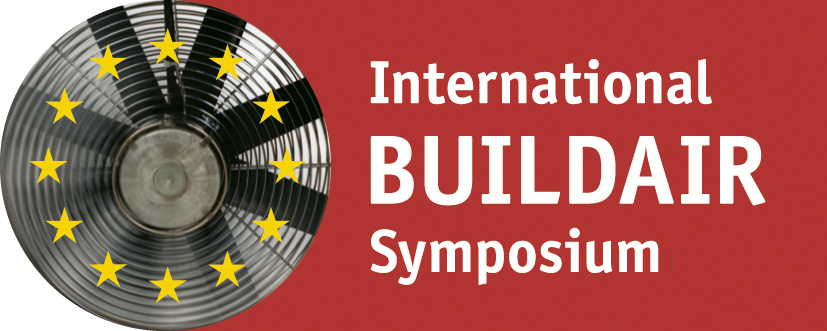The airtight version of a building envelope has been accepted as a structural engineering challenge in by construction workers in Germany. At the same time, the interest in energy efficient buildings by investing clients has increased considerably.Whether the energy efficiency intended by the client has been reached or not will not be perceived by the client. The greater is the interest in respective quality checks. The examination of the air tightness of a building envelope for this purpose is of prior, but also of excessive importance. At least private clients often see a "successful" air tightness examination as an extensive proof of the entire energy efficiency of their building.For this reason, criteria by which the air tightness of building envelopes is examined are of great significance. In this respect it is to be found that for the examination of air tightness in Germany special limit values (n50 value of the air exchange rate for buildings without ventilation systems at maximum 3.0/h and for buildings with ventilation systems at maximum 1.5/h) are mainly considered as mandatory and even required by law.However, this opinion is legally wrong.The present paper proves that the guidelines common for the air tightness examination are not required by law in any way. Based on that information it is explained which structural engineering and construction physical properties are really decisive for the legal evaluation of the quality of a building envelope. The paper concludes with recommendations for legally suitable assessments of the building quality of building envelopes.
Building Expertise versus Freedom of Construction!? About the handling of residual leakages in compliance with Air Tightness Limit Values from the legal point of view

Year:
2009
Bibliographic info:
4th International Symposium on Building and Ductwork Air Tightness - BUILDAIR (former European Blower Door Symposium), 1-2 October 2009, Berlin, Germany




